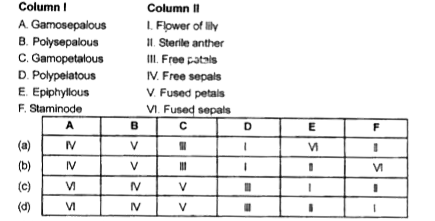Match the column I and II

Video Solution
Text Solution
The correct Answer is:a-q; b-r; c-s; d-p
In some alkenes, steric crowding in the planar state may be so severe that the latter is no longer an energy minimum but becoms an energy barrier with the ground state becoming twisted. In this contex the compounds in figure are of interest. The drop in becoming twisted. In this contex the compounds in fiugure are of intrest. The drop in rotational barrier from stilbene (42.8kcal//mol−1,179kJmol−1) to compound p (21.1lcal //mol−1,88.3kJmol−1) to compound Q ("small barrier" , ct) may be explained by increasing stabilizations of the triplet transition state. However, the "negative" barrier in R, that is , the fact that the stable ground state of R is non-polnar and that the planar conformation represents the transition state for rotation requires a different a explanation , the difference between Q and R is presumbly due to the steric intraction of explanation of the four chlorine substituents in the polar conformation of R. This situation resembles that in o,o'- tetrasubstituted biphenyls to alkenes with low or " negativee" barriers.
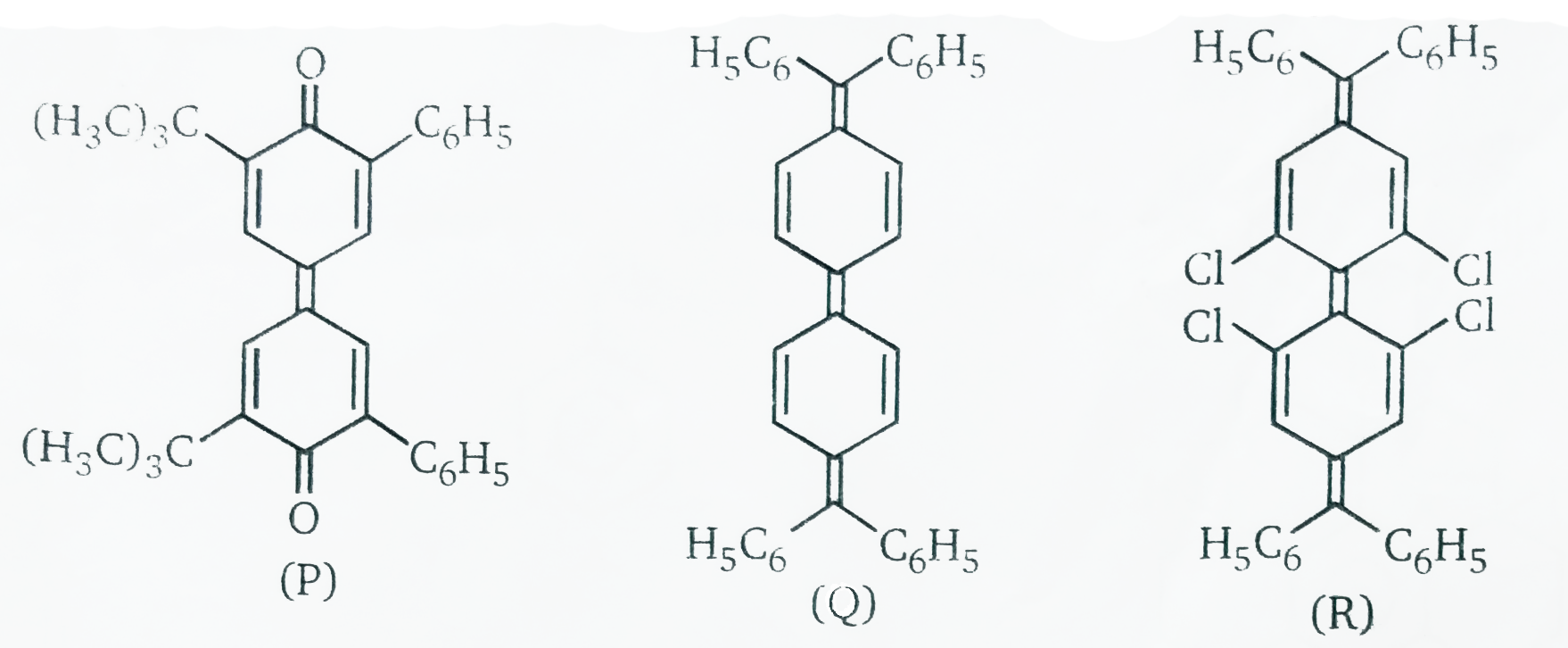
|
Topper's Solved these Questions
- GENERAL ORGANIC CHEMISTRYBOOK - MS CHOUHANCHAPTER - GENERAL ORGANIC CHEMISTRYEXERCISE - LEVEL- 1
1 Videos
- FAMILIES OF CARBON COMPOUNDS: FUNCTIONAL GROUPS AND INTERMOLECULAR FORCES BOOK - MS CHOUHANCHAPTER - FAMILIES OF CARBON COMPOUNDS: FUNCTIONAL GROUPS AND INTERMOLECULAR FORCES EXERCISE - ADDITIONAL OBJECTIVE QUESTIONS ( Matrix Match Type )
4 Videos
- GRIGNARD REAGENTSBOOK - MS CHOUHANCHAPTER - GRIGNARD REAGENTSEXERCISE - Level 1 (Q.61 To Q.66)
1 Videos
Similar Questions
Knowledge Check
Match the columns I and II
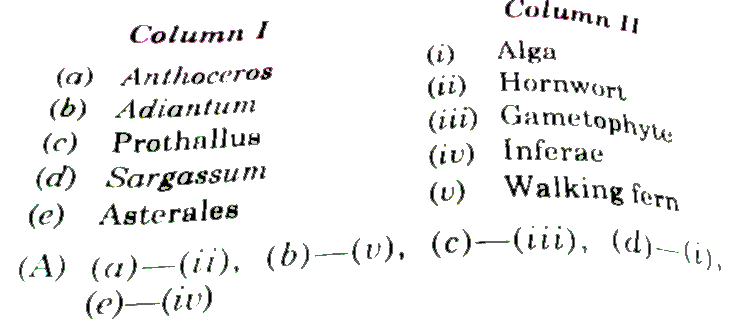 A(a)-(ii), (b)-(v), (c )-(iii), (d)-(i), (e)-(iv)B(a)-(v), (b)-(iv), (c )-(iii), (d)-(ii), (e)-(i)C(a)-(v), (b)-(i), (c )-(ii), (d)-(iv), (e)-(iii)D(a)-(i), (b)-(iv), (c )-(iii), (d)-(v), (e)-(iv)
A(a)-(ii), (b)-(v), (c )-(iii), (d)-(i), (e)-(iv)B(a)-(v), (b)-(iv), (c )-(iii), (d)-(ii), (e)-(i)C(a)-(v), (b)-(i), (c )-(ii), (d)-(iv), (e)-(iii)D(a)-(i), (b)-(iv), (c )-(iii), (d)-(v), (e)-(iv)Match the columns I and II correctly.
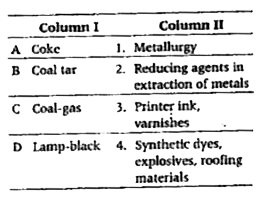 AABCD2413BABCD1234CABCD4321DABCD4123
AABCD2413BABCD1234CABCD4321DABCD4123Match the columns I and II correctly .
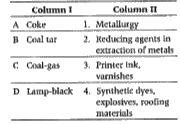 AABCD2413BABCD1234CABCD4321DABCD4123
AABCD2413BABCD1234CABCD4321DABCD4123

